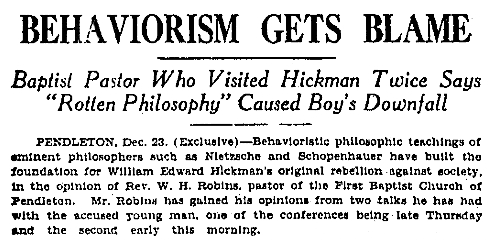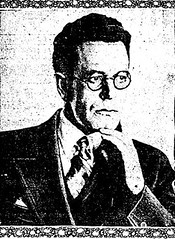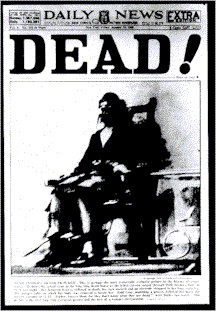
December 24, 1927
Los Angeles
Dominating newspaper headlines for the past several days has been the slaying of twelve year old school girl, Marion Parker. Her killer, William Edward Hickman, is currently in Oregon awaiting extradition. He’ll return by train under heavy guard to Los Angeles, where he faces the death penalty for the horrific crime.
Long before newspapers were delivered to the doorsteps of most American homes, information was spread by song – and it’s a practice that continues to this day. Ballads have been written about floods, mining disasters, shipwrecks, and murder. Marion Parker’s tragic story inspired prolific song writer Reverend Andrew Jenkins of Atlanta, Georgia to pen the poignant “Ballad of Marian [sic] Parker”.
The Ballad of Marian Parker
‘Way out in California,
A family bright and gay
Were preparing for their Christmas
Not very far away.
They had a little daughter,
A sweet and pretty child.
And everyone who knew her
Loved Marian Parker’s smile.
She left her home one morning
For her school not far away.
And no one dreamed that danger,
Was lurking near that day.
But then a murdrous villain,
A fiend with heart of stone,
Took little Marian Parker
Away from friends and home.
The world was horror-stricken,
The people held their breath,
Until they found poor Marian,
Her body cold in death.
They hunted for the coward,
Young Hickman was their man.
They brought him back to justice,
His final trial to stand.
The jury found him guilty,
Of course they could not fail.
He must be executed
Soon in San Quentin jail.
And while he waits his sentence,
Let’s hope he learns to pray
To make his black soul ready
For the great judgement day.
There is a great commandment
That says, "Thou shalt not kill"
And those who do not head it,
Their cup of sorrow fill












 If there is an explanation for the obvious overkill in the murder of Albert Snyder, it must be that Ruth’s previous attempts to snuff out the life of her husband (twice by asphyxiation and once by poison) had failed – and she wasn’t about to give up. Ruth had persuaded her husband to take out a double indemnity policy, which would pay her in the event of his accidental death. It was the lure of the $97,000 worth of life insurance that compelled her to continue with her diabolical schemes until she succeeded.
If there is an explanation for the obvious overkill in the murder of Albert Snyder, it must be that Ruth’s previous attempts to snuff out the life of her husband (twice by asphyxiation and once by poison) had failed – and she wasn’t about to give up. Ruth had persuaded her husband to take out a double indemnity policy, which would pay her in the event of his accidental death. It was the lure of the $97,000 worth of life insurance that compelled her to continue with her diabolical schemes until she succeeded. 